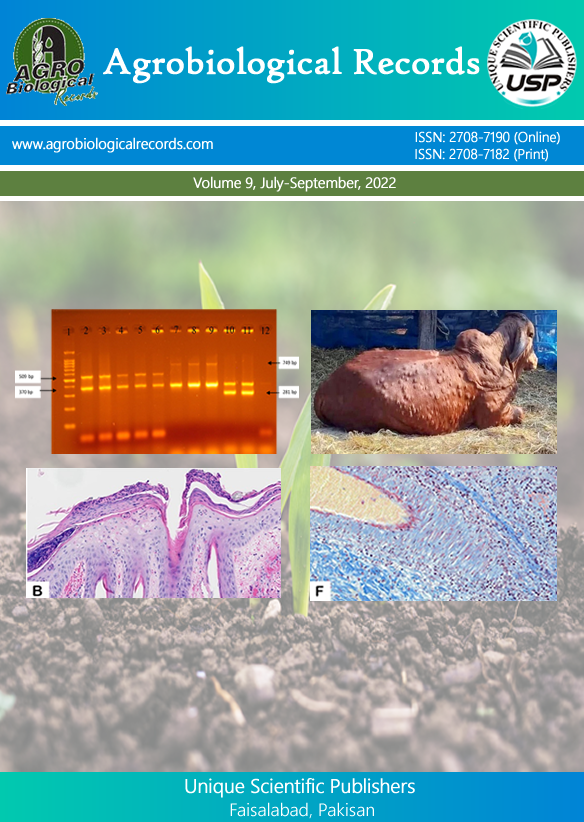
Khurram Ziaf 1,*, Iftikhar Ahmad 1, Haroon Hamid 1, Muhammad Awais Ghani 1, Muhammad Wasim Haider 1 and Anam Noor 2
1Institute of Horticultural Sciences, University of Agriculture, Faisalabad, Pakistan 2Department of Horticulture, The Islamia University Bahawalpur, Pakistan 3Department of Horticulture, Bahauddin Zakariya University Multan, Pakistan
*Corresponding author: khurramziaf@uaf.edu.pk
Different substrates, namely, spent mushroom compost (SMC), press mud (PM), farmyard manure (FYM), non-granular compost (NGC), granular compost (GC), and silt were used alone or in different combinations to assess their impact on seedling production of cucumber variety "Summer Green" and its further growth, yield, and quality. The highest germination rate (93%) was observed in the mixtures of 75%:25% and 50%:50% silt and PM, 25%:75% silt and FYM, and 50%:50% silt and NGC, about five times higher than control (20%). Shoot length (4.5cm), root length (14.0cm), number of lateral branches (6.8), chlorophyll contents (105.9), and fresh seedling weight (5.3g) was highest in the mixture of 50%:50% silt and NGC, around 1.9, 1.5, 2.5 and 2.8 times higher than that of control, respectively. But highest dry weight (30.9mg) was recorded in the mixture of 50%:50% silt and SMC, almost 2.5 times greater than that of control (12.4mg). While the number (3.5) and weight (1388.4g) of fruits plant-1, fruit diameter (62.11mm), fruit length (25.3cm) and leaf nitrogen (0.7mg/g dry sample), and potassium (27.5mg/g dry sample), Total soluble solids (TSS) (Brix) and phenolic contents (55.5mg GAE 100g-1) were also the highest in the mixture of 50%:50% silt and NGC. Correlation revealed significant positive relation of germination with growth and yield-related traits. The above results show that the mixture of silt and NGC (50%:50%) can be used as a local media for cucumber seedling production. Further studies are needed to compare this local media as a substitute for peat moss, using some other cucurbits.